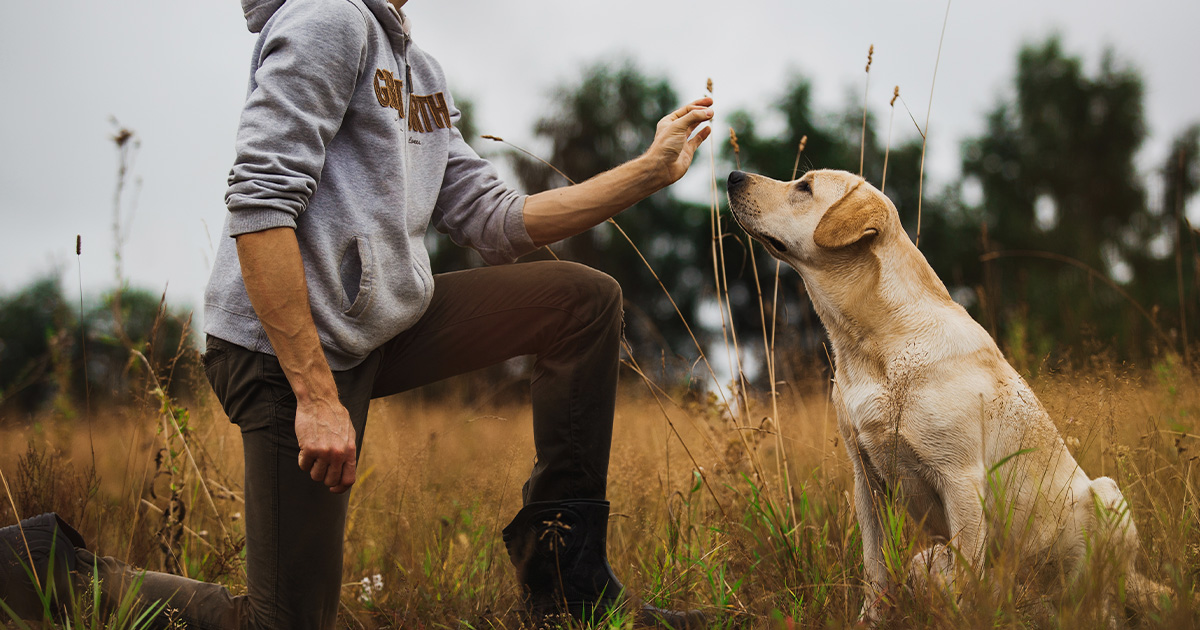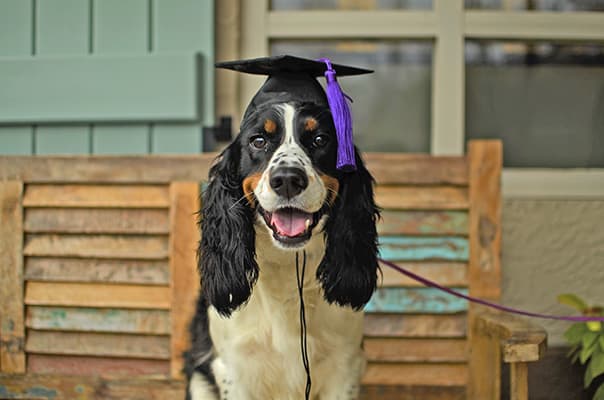Dog Training for First-Time Pet Owners: What You Need to Know
Dog Training for First-Time Pet Owners: What You Need to Know
Blog Article
Unlock Your Pet's Potential With Specialist Training Insights
Specialist training insights disclose that acknowledging communication hints and employing constant, favorable reinforcement can substantially modify your pet dog's action to numerous situations. As we explore efficient socialization strategies and progressed training methods, one may ask yourself exactly how these techniques can change not just your pet's actions, however also your overall relationship.
Recognizing Your Canine's Behavior

Additionally, understanding common behavioral concerns such as aggressiveness, anxiousness, or too much barking can aid proprietors address issues proactively. As opposed to punishing undesirable actions, it is a lot more efficient to recognize the underlying causes and work in the direction of modifying those triggers. For instance, a dog that barks excessively may be looking for attention or responding to environmental stimulations.
In addition, each pet is distinct, affected by factors such as type, age, and past experiences. Observing and recognizing your pet dog's certain behavior is key to developing a training approach that aligns with their character. By cultivating this understanding, proprietors can develop a more unified living setting, enhance their pet's knowing experience, and inevitably reinforce their bond.
The Importance of Consistency
Preserving consistency in training is important for achieving desired end results and strengthening positive actions in pets. When training sessions follow a foreseeable structure, pets are most likely to recognize what is expected of them. This clearness fosters a complacency and assists to develop a strong bond in between the instructor and the pet dog.
Inconsistent hints or commands can perplex pets, leading to stress for both the handler and the animal. The canine may end up being uncertain concerning just how to respond if a command is often compensated and other times ignored. This incongruity not only hampers the discovering process yet can likewise inadvertently urge undesirable actions.
Furthermore, consistency expands beyond verbal commands to include body language and tone. Dogs are extremely attuned to human behavior, and discrepancies can weaken their count on. For effective training, all family participants and handlers need to be lined up in their strategy, using the same commands and support methods.
Eventually, consistency in training promotes a structured learning setting, allowing pet dogs to prosper and react positively to commands. This fundamental concept is crucial for establishing well-behaved, positive, and obedient buddies.
Strategies for Reliable Training
Efficient training strategies develop upon the structure of uniformity established in previous sessions. Utilizing favorable support is among one of the most effective techniques for motivating preferred habits. This involves gratifying your pet with deals with, appreciation, or play immediately after they perform the desired action, thus producing a solid organization in between the habits and its positive result.
Timing is essential; rewards need to be given quickly to enhance the connection. Furthermore, making use of clear and constant commands will aid your canine understand what is expected of them. Pick straightforward, unique signs and stay clear of utilizing several expressions for the very same action.
Including short, appealing training sessions can also improve retention and protect against dullness. Go for sessions lasting 5 to 10 mins, gradually raising the duration as your dog comes to be more experienced. In addition, differing the training atmosphere can aid generalize learned actions, guaranteeing your dog can carry out commands in various contexts.
Last but not least, persistence is vital. Every pet discovers at their own pace, and motivation cultivates a favorable discovering experience. By using these techniques consistently, you can unlock your dog's full capacity and strengthen the bond between you and your canine friend.
Socialization and Its Benefits
Socializing is a vital aspect of a pet's growth, substantially influencing their actions and personality. It incorporates the procedure of subjecting a canine to a range of individuals, settings, seems, and other pets. This exposure helps dogs discover to browse the complexities of their click this environments, promoting self-confidence and flexibility.
Correct socialization decreases the possibility of fear-based actions and aggressiveness, which can emerge from strange circumstances. A well-socialized dog is more likely to display favorable communications with both humans and other animals, resulting in an extra pleasurable experience for every person entailed (Dog training). Socialization plays an essential role in boosting a pet dog's general quality of life, allowing them to participate in activities and outings without too much anxiety.
The critical duration for socialization occurs in between three and twelve weeks of age, although ongoing socializing is valuable throughout a pet's life. Engaging in monitored playdates, puppy courses, and progressive direct exposure to brand-new experiences can promote this process. By prioritizing socialization, dog proprietors can grow an all-round friend, furnished to manage different scenarios with grace and calmness, eventually bring about a harmonious relationship between the dog and its environment.
Advanced Training Techniques
A well-socialized pet is much better prepared to participate in innovative training approaches, which can further refine their skills and boost their general actions. Advanced training strategies, such as remote control agility, training, and scent job, require a strong foundation of standard obedience and social skills. These methods concentrate on creating a pet's cognitive capacities, improving their emphasis, and fostering a deeper bond in between the pet and handler.
Clicker training utilizes positive reinforcement to form wanted actions, permitting for specific communication and quicker discovering. This method is specifically efficient in sophisticated jobs where accuracy is critical. Agility training challenges pets both physically and mentally, promoting control, self-confidence, and analytic skills. This can be an electrifying way for canines to burn off power while improving their great post to read responsiveness to commands.
Scent work use a pet dog's all-natural impulses, improving their olfactory abilities while building their concentration and persistence. Incorporating these sophisticated training methods not just stimulates a pet's mind however likewise contributes to their emotional health. Inevitably, taking part in sophisticated training can transform a well-socialized pet dog right into an all-around buddy, with the ability of browsing complicated atmospheres effortlessly and confidence.
Conclusion
In final thought, unlocking a canine's possibility through specialist training necessitates a thorough understanding of actions, consistency in methods, and effective socialization methods. By prioritizing these elements, an all-around and meeting relationship between canine and owner can be developed, ultimately leading to an unified conjunction and a mannerly friend.
As we check out reliable socializing approaches and advanced training approaches, one may question just how these strategies can transform not just your pet's actions, however additionally your general relationship.
By focusing on socializing, pet dog proprietors can cultivate an visite site all-around friend, outfitted to deal with various situations with poise and composure, ultimately leading to an unified relationship in between the dog and its environment. (Dog training)
A well-socialized canine is much better prepared to involve in innovative training techniques, which can even more refine their skills and enhance their overall habits. These methods concentrate on creating a dog's cognitive capacities, enhancing their focus, and fostering a deeper bond between the dog and trainer.

Report this page